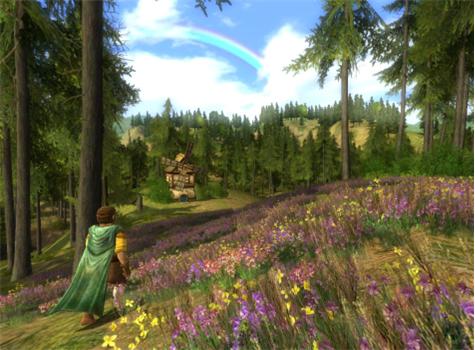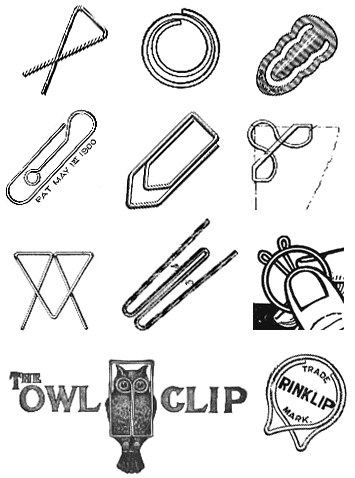DICTATIONS SECOND SENIORS (15,16,17)
Army Ants
What eats every animal in its path, raids other ant colonies, and migrates to find more food? An army ant colony! Army ants are amazing creatures! They have founded nests, developed a social hierarchy, migrated to other areas, and also have a very interesting life cycle and colony structure.
An army ant colony consists of the queen, her eggs, soldiers and workers. These ants are nomadic, which means they must make temporary nests as they travel. Their nests are made up of army ants themselves, and they form walls and fasten onto each other by using their jaws and their claws, which enables them to hang from a log or another surface, while the nest encloses the queen and her eggs. Due to the large size of the colonies they need to move often to find food.They sometimes raid other colonies and capture slaves. Army ants kill and eat up to 100,000 animals in a day, such as lizards, snakes, spiders, chickens, pigs, goats, scorpions, and are also able to climb trees to eat birds and insects that live there.

The Lord of the Rings
John Ronald Reuel Tolkien was a gifted author, who created a fairy world and its characters, described in the trilogy The Lord of the Rings. The story began as a sequel to Tolkien’s earlier fantasy book,The Hobbit, but developed into a much larger story, which has been translated into 38 languages and between 2001 and 2003, the trilogy were box-office hits all over the world.
Tolkien is famous for having created such a literary genre as fantasy. All his books are real masterpieces. The Lord of the Rings is set in the fictional realm of Middle-earth. The complex story concerns humanoid peoples known as Hobbits, Elves, Men, Dwarves, Wizards, and Orcs. It centres on the Ring of Power made by the Dark Lord Sauron. But not only fantastic beings were concocted by him. Both a philologist and professor at Oxford University, he knew many ancient and modern languages. Thus, a new world – Middle-earth, along with its geography, its history, and several languages appeared.

The Hubble Space Telescope
The Hubble Space Telescope is a space-based telescope that was launched in 1990 from the space shuttle Discovery. From its position 380 miles above the Earth's surface, Hubble has expanded our understanding of the universe — and of star birth, star death, galaxy evolution, and black holes in particular.
The telescope's science instruments are the astronomer's eyes to the universe. They include the Wide Field and Planetary Camera 2, Space Telescope Imaging Spectrograph, Near Infrared Camera and Multi-Object Spectrometer, and the Advanced Camera for Surveys.
When first launched, Hubble's lens was out of shape on the edges by 1/50th the diametre of a human hair. This very small defect made it difficult to focus faint objects being viewed by Hubble. Because the telescope is in low Earth orbit, it can be serviced by a space shuttle; thus, the defect was corrected during the first on-orbit servicing mission. The Hubble Space Telescope is scheduled for one more servicing mission before its planned retrieval in 2010. You may one day be able to visit the telescope at the National Air and Space Museum in Washington D.C.












